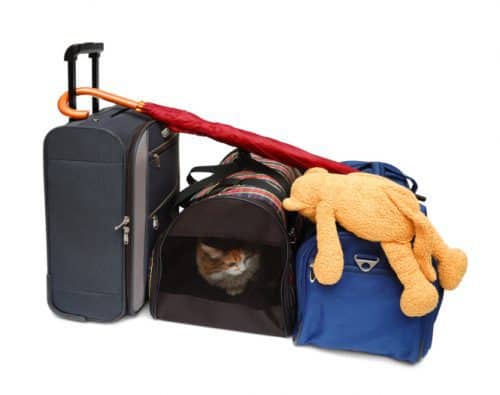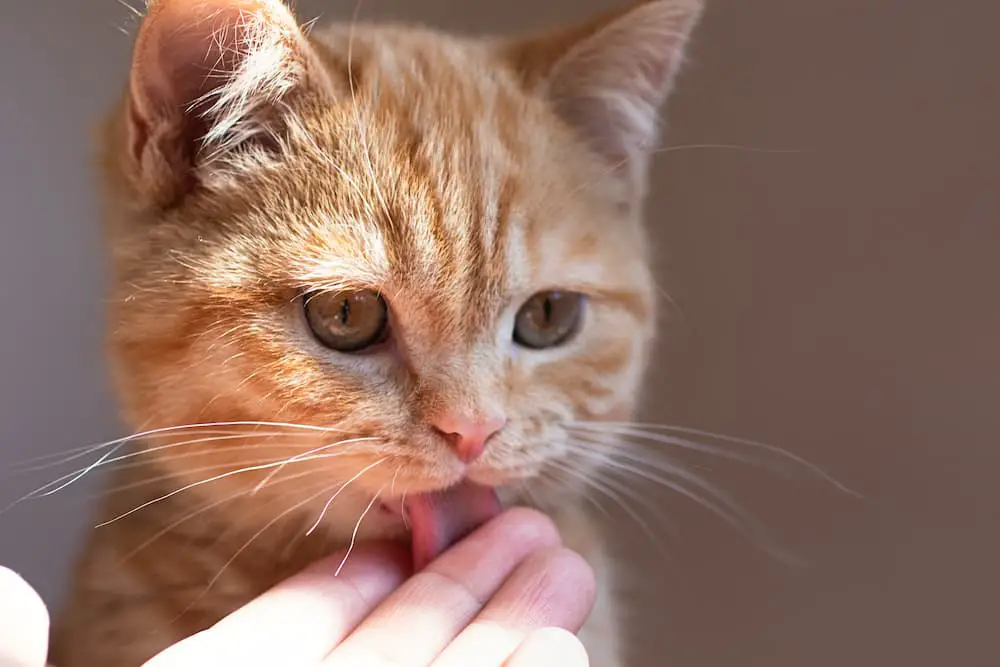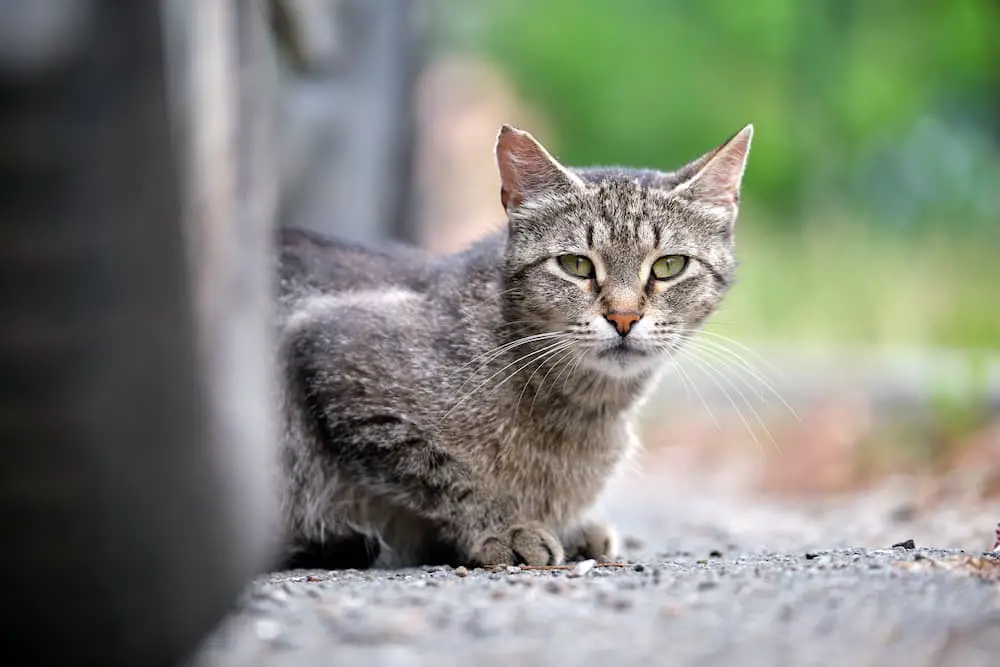 I flew over 5,000 miles with my cat Alice. And surprisingly, it really wasn’t a bad experience.
I flew over 5,000 miles with my cat Alice. And surprisingly, it really wasn’t a bad experience.
We moved from the United States to Europe in May of 2014 with plans for my other cat to join us soon. A few months prior to our flight I checked with the airline and our veterinarian. Gathered all necessary paperwork and checked what rules we’d need to follow. I marked all the important dates in my calendar.
In order to comply with the rules, Alice was microchipped and received a rabies vaccine (21 days prior to flight) as well as a general health exam (within 10 days before flight).
I searched high and low for the proper size and shape cat carrier while adhering to the airline approved guidelines (thank you internet). The carrier can’t be too tall (in order to fit under an airplane seat) or too wide. Alice only weighs 5 pounds, so luckily she wasn’t crammed in, but I don’t think all cats will be as comfortable. I packed several cat-sized shirts into my backpack in case it was chilly. And still, I laid awake the night before double and triple checking my list. I wondered how she would handle the loud sounds and general stress of flying and wandering through a German airport. Would she cry out during the flight? Would a hairless cat attract a lot of attention in the airport? And what would I do if she had an “accident”? Cat pee on an airplane anyone? Needless to say, I didn’t get much sleep that night!
Since none of the shuttle companies in my home town would allow Alice to ride, we chose to have a friend drive us to the airport roughly 2 hours away. We arrived several hours early to reduce the stress. Alice slept for most of the drive, only looking up at me when I would reach inside the carrier to pet her.
I paid a fee of about $150 USD for Alice to fly in the cabin with me as previously arranged. We checked our bags and said our goodbyes. Alice yawned and accepted the kisses my mom gave her before we headed through security. Alice received a few bored glances from the TSA and security as I carried her in my arms through a scanning machine. She was so quiet that no one seemed to even notice her.
On the plane I had to keep the carrier tucked beneath the seat in front of me. I could only see her if I bent down with my chin to my knees. She slept through the next two airports and 13 hours in the air. And amazingly we remained “accident” free.
Once we landed at our final destination and collected our bags we made our way to the last checkpoint. A rather tired looking man checked my passport and Alice’s papers. He scanned her microchip to ensure they matched. Then he sent us on our way and Alice went right back to sleep. I almost couldn’t believe things went so well!
Once we arrived at our new home I would have bet money that Alice would dash for the litter box. But instead she casually walked out of her carrier and stretched. Looked around the room, and then walked back inside her carrier for a nap before meeting her new housemates.
I’d like to attribute Alice’s smooth trip to my preparation and probably a little bit of luck. Other cat owners I’ve spoken with on the subject have said that their trips were much more difficult than mine.
So if you’ve chosen to fly your cat in cabin with you here are some tips for smooth air travel.
Paperwork and restrictions
Always be aware of all required paperwork well in advance of your trip to avoid surprises. If you’re planning a flight to visit family or friends be aware that different states and countries have different guidelines when it comes to cat air travel. Hawaii, for example, does not allow Bengal or Savannah cats. Make sure that your cat is allowed into the destination area and verify what vaccination are required and suggested. A general health screening is always advised before traveling. Keep extra copies of all paperwork in a separate location in case of emergency and always keep them easy to locate so that you won’t have to dig through your bag at each checkpoint.
Health conditions and illness
Be aware of any and all health conditions that your cat has. For example, if your cat has a heart condition it would be advisable to find ways to keep the cat as calm as possible to avoid aggravating their heart. Or, a cat with a weak bladder might require extra trips to the airport bathroom or a quick change of bedding. Also note that pregnant or very young animals are often prohibited from traveling by air.
Animals showing signs of illness will not be allowed onto an airplane, even if prior health checks were clear.
Transportation
Keep in mind that getting to and from the airport isn’t as easy with a feline passenger. Taxis and some shuttle services don’t welcome feline passengers. Rental car agencies also discourage you from bringing your kitty along for the ride. A friend of family member might be a better option.
Food and water
In order to help prevent accidents it is suggested to withhold food for 4-6 hours prior to travel, this is a safe period of time if your cat is in average health. If you’ll be on a long flight like we were, you’ll want to think about bringing a small amount of food in case of flight delays. It is just fine if he or she doesn’t want to eat during a short trip, but having the option could reduce stress for both of you. During the trip it is very important that they drink water to avoid dehydration. I used a small plastic bowl that the airline gave me for my desert as a water dish for Alice.
Litter box
Most cats without preexisting health conditions can wait until they see a litter box again even if it’s a few hours in between. But they probably would prefer not to do that. I packed a Ziploc bag of cat litter and a plastic pan. I could pour the litter in and then if used throw it away. Literally, rinse and repeat. You can also buy single use litter boxes at most large pet stores.
Cleaning up accidents
If your cat does have an accident – don’t panic. Line the carrier with paper or disposable cloth towels so that in case you need to change them they can be thrown away. Bring extras and several plastic grocery bags to double bag anything icky until it can be properly disposed of.
Temperature
For most cats the temperate inside an airplane cabin won’t be a problem, but if your cat is hairless or short haired a blanket or even a sweater might be something to consider. Alice, a Sphynx, wore a warm fleece sweater during our trip.
Down time
Bring a few toys just in case your flight gets delayed and you end up sleeping in a hotel room. A blanket to drape over the carrier is also advisable. If you need to wait somewhere for a long period it can be best to shield the cat from the overly stimulating surroundings.
Comfort
Since your cat will most likely be inside the carrier for several hours it is important that he or she is comfortable, but you must also keep in mind your airline’s guidelines. Though the carrier dimensions can vary between airlines, American Airlines lists the following as guidelines for pets traveling with them. The guidelines are the same as those I encountered flying United Airlines and Scandinavian Air.
The maximum size for cabin pet carriers is 19″ long x 13″ wide x 9″ high. Soft-sided pet carriers such as Sherpa bags may exceed these dimensions slightly because they are collapsible. Animals must be able to stand up, turn around and lie down in a natural position in the kennel. Soft-sided pet carriers are accepted as long as they are constructed of water-repellent, padded nylon with mesh ventilation on two or more sides.
Another suggestion is to place blankets and towels on the bottom of the carrier to provide extra cushioning and warmth. This can also provide for easy clean up if needed. An item of worn clothing with your scent on it can help to reassure your cat that you are close during the trip.
Sedatives
I chose not to sedate Alice after speaking with my veterinarian. A lot of people had told me that that’s what they would do, but I wanted to talk to someone with more experience first. I found out that many vets recommend against sedating cats while traveling for safety reasons and some airlines agree.
So, with a lot of preparation (and a little bit of luck) flying with your cat can go off as easily and uneventfully as it did for me!







